Time Team returns to our screens to excavate Roman Villa discovered in Banburyshire fields near Broughton Castle
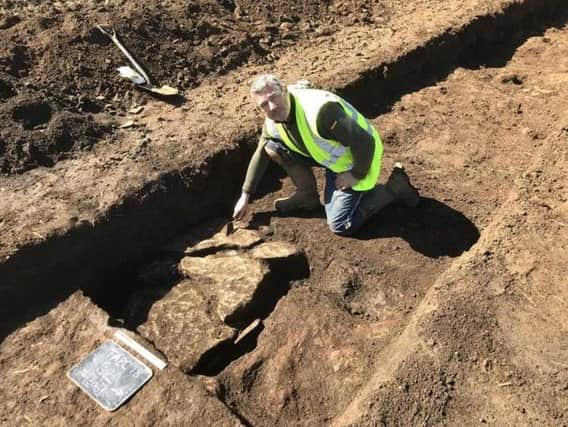

The announcement that the cult TV programme will return to our screens with a Banburyshire dig that is expected last for years has thrilled the Fiennes family at Broughton Castle and the detectorist and amateur archeologist, Keith Westcott, who discovered the villa two years ago.
The Banbury Guardian revealed exclusively in 2019 the news that the villa's remains had been confirmed by a geophysical survey. At 85m x 85m it is the second largest Roman villa in the country and only slightly smaller than Buckingham Palace. It would have been one of the grandest villas in Roman Britain.
Advertisement
Hide AdAdvertisement
Hide Ad"Time Team has done hundreds of digs where they go in for a few days in a familiar format. But this is going to be a legacy project for the site and for Time Team, done over a number of years," said Mr Westcott.
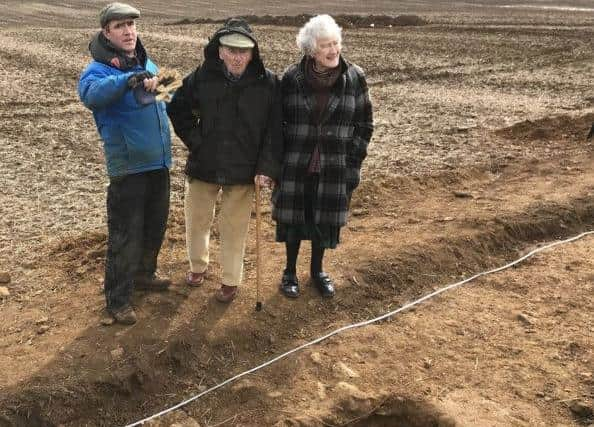

"Eventually there will be a 3D image of how the villa would have been in its landscape, using cutting edge technology. Over the years we'll work with schools, universities and communities. It will be a legacy of information that will be there for the future. Because most Roman villas in Britain were discovered and rebuilt in Victorian days, this is probably the only time there will be an ongoing project on a courtyard villa that has only just been discovered."
Although a number of amazing, ancient items was found at Broughton during a trial dig by Oxford Archeology in 2019, the Time Team excavation will discover much more. The technique used by the Team, with its wealth of expertise, will put the villa into the context of its landscape and other linked archeology in the area.
Tim Taylor of Time Team said: "We’re back - Time Team returns to dig this magnificent villa thanks to the overwhelming support of our fans.
Advertisement
Hide AdAdvertisement
Hide Ad“As our first dig back, we were keen on a site that would produce amazing evidence, showcase the very best that Time Team can offer and allow us to demonstrate to the full the latest technology like LiDAR (Light Detection and Ranging) and GPR (Ground Penetrating Radar),” said Mr Taylor.
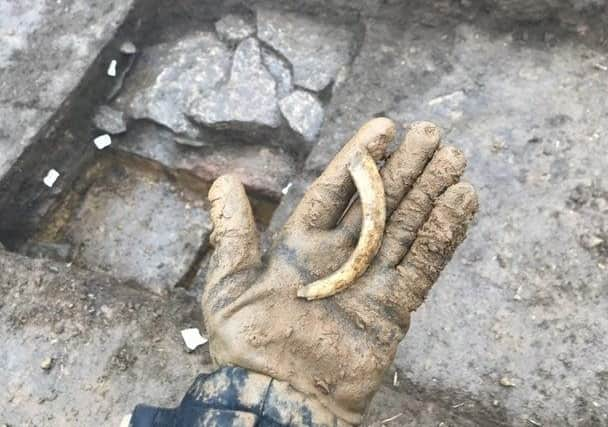

“With a fantastic team backed by Keith Westcott and Martin Fiennes, local community support, the possibility of an ongoing legacy and the guarantee of great archaeology - Broughton Castle ticks all the boxes."
Without the investment of a university archeology department, the cost of excavating the Roman villa seemed an impossible task but a Time Team fan-led Patreon crowdfunding appeal has ensured the project will go ahead.
With 1.5 million views a month on the Time Team Classics YouTube channel in 41 countries worldwide, the new programmes featuring the villa will premiere on YouTube with additional behind-the-scenes content on the Patreon platform.
Advertisement
Hide AdAdvertisement
Hide AdThis will give viewers the chance to engage as the shows are researched and developed, see live blogs during filming, watch virtual reality landscape data at home and join in Q&As with the team.
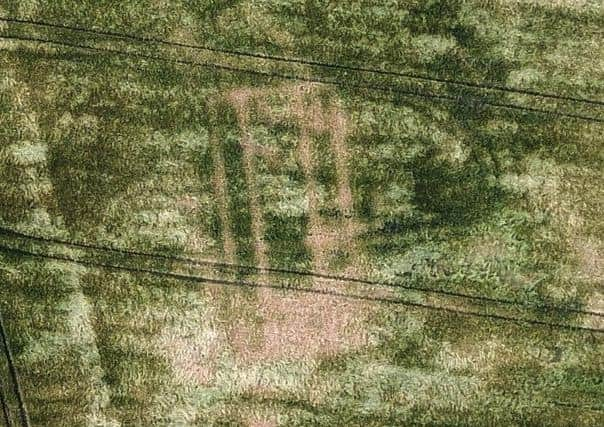

Mr Taylor said his team, including Carenza Lewis, Stewart Ainsworth, Helen Geake and 'geophys genius' John Gater, will all be returning and are excited about the new series.
Martin Fiennes - a cousin of actors Ralph and Joseph Fiennes and explorer Sir Ranulph - said: “We’re delighted to welcome Time Team to Broughton. The site is of national importance and we couldn’t hope for a better team to help uncover its secrets.”
Time Team’s return has had the backing of many celebrity fans from Sir Michael Morpurgo and historical novellists Bernard Cornwell and Philippa Gregory to Kate Mosse and Ken Follett. Working with the Fiennes family has brought home the connection with Sutton Hoo and Ralph Fiennes’ character, Basil Brown in the recent Netflix film, The Dig.
Advertisement
Hide AdAdvertisement
Hide AdThe villa was discovered by Mr Westcott, a European specialist in heating engineering, who suspected a Roman villa must have existed close to Broughton because of the unearthing of a sarcophagus containing the remains of a wealthy Roman woman in the 1960s. Walking the area he picked up and recognised a piece of broken slab as part of a hypocaust tile - one used to take hot pipes up walls in high-status Roman buildings.
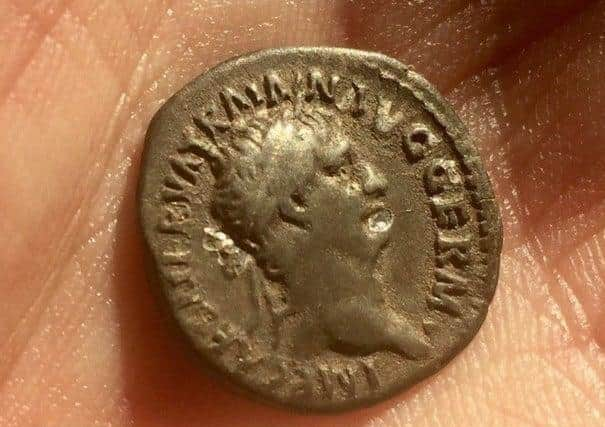

It was then he knew that whatever ruins lay beneath the waving cornfield were of unimaginable quality and significance. During the subsequent trial dig, 178 items of significance were found, cleaned and catalogued.
Among them were coins, one bearing the mythological twins Romulus and Remus, a coin made into a pendant, high-status ‘samian-ware’ - the bone china of its day - (one piece decorated with an etching of a hare), a sherd of a flagon and tiles made to a roofing method still used today. One of the most fascinating finds was a very large tusk from a wild boar.
Mr Westcott said the magnotometry indicated various possibilities in areas in and around the villa, including even a smelting works.
Advertisement
Hide AdAdvertisement
Hide AdHe said excavation of the site will take ‘years and years’ and if done commercially could have cost £2 million or more.
“This is our first chance to look at a full site using modern techniques and from a modern perspective. It is unique; unlike others, nothing has been built on top,” said Mr Westcott.
The villa’s accommodation includes a bath-house possibly with a domed roof and mosaics, a grand dining room, kitchens and living accommodation. It had under-floor and intra-wall heating. Its occupants would have been Romano-British. It also has a large aisled hall a short distance from the main villa whose purpose has yet to be determined.
To read Mr Wescott's account of the discovery click this link. To read our story about the discovery of the Roman Villa click here.